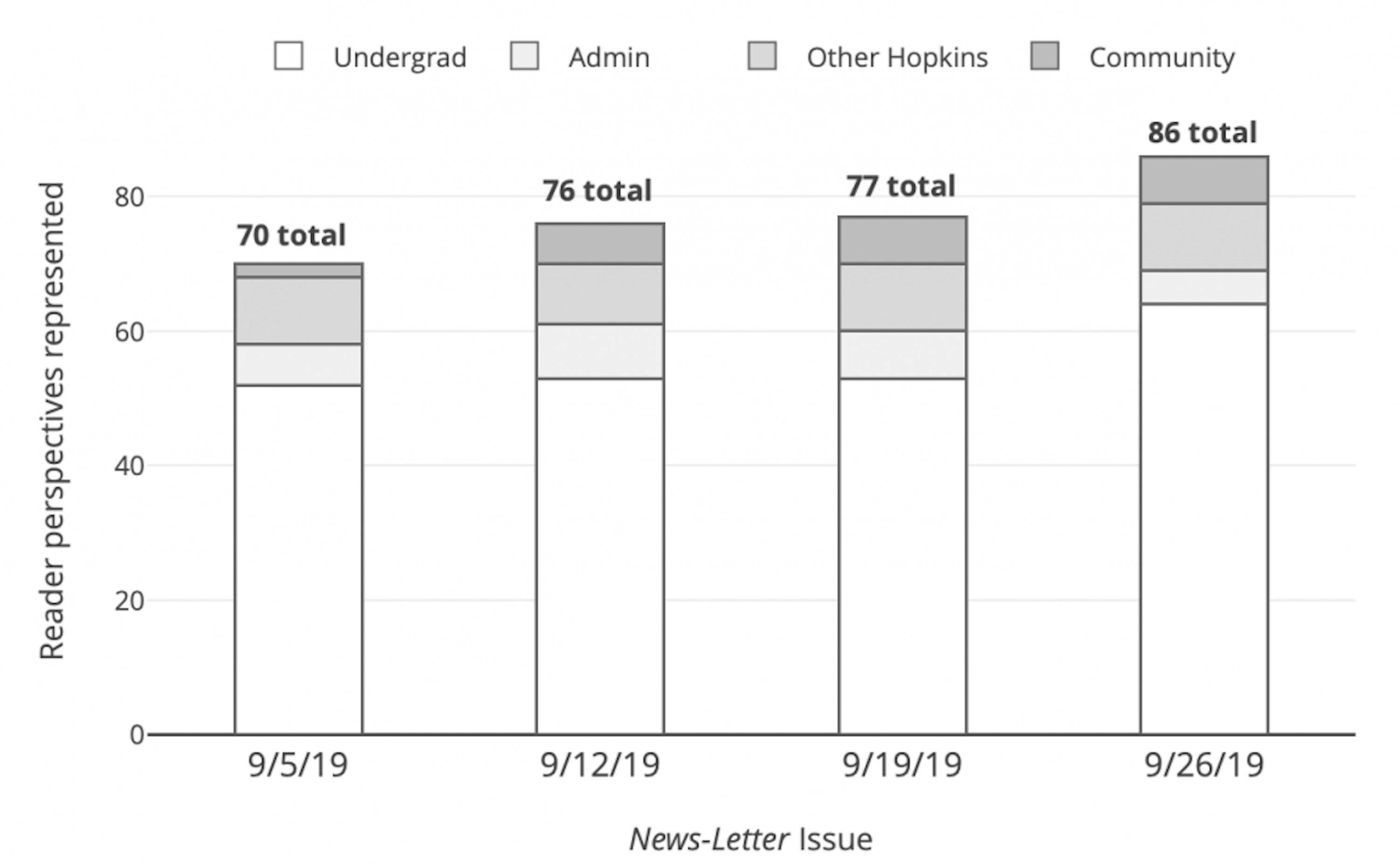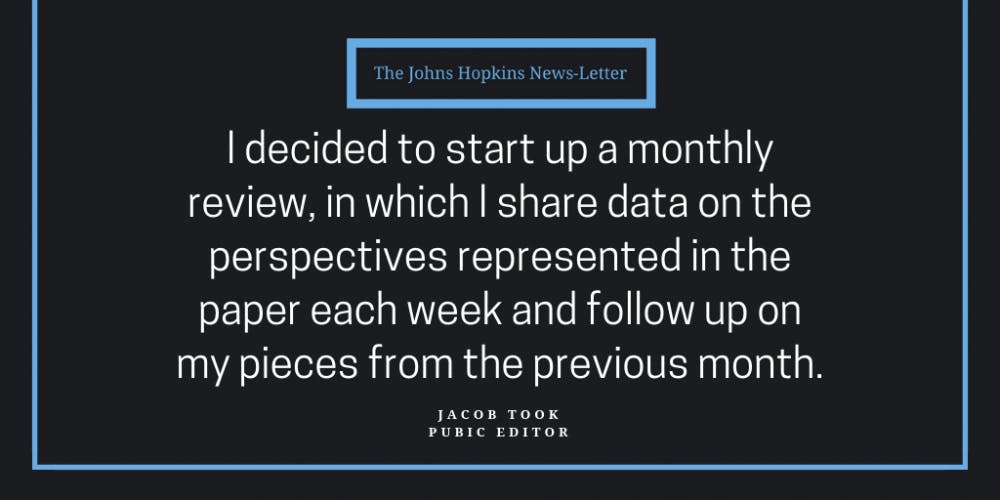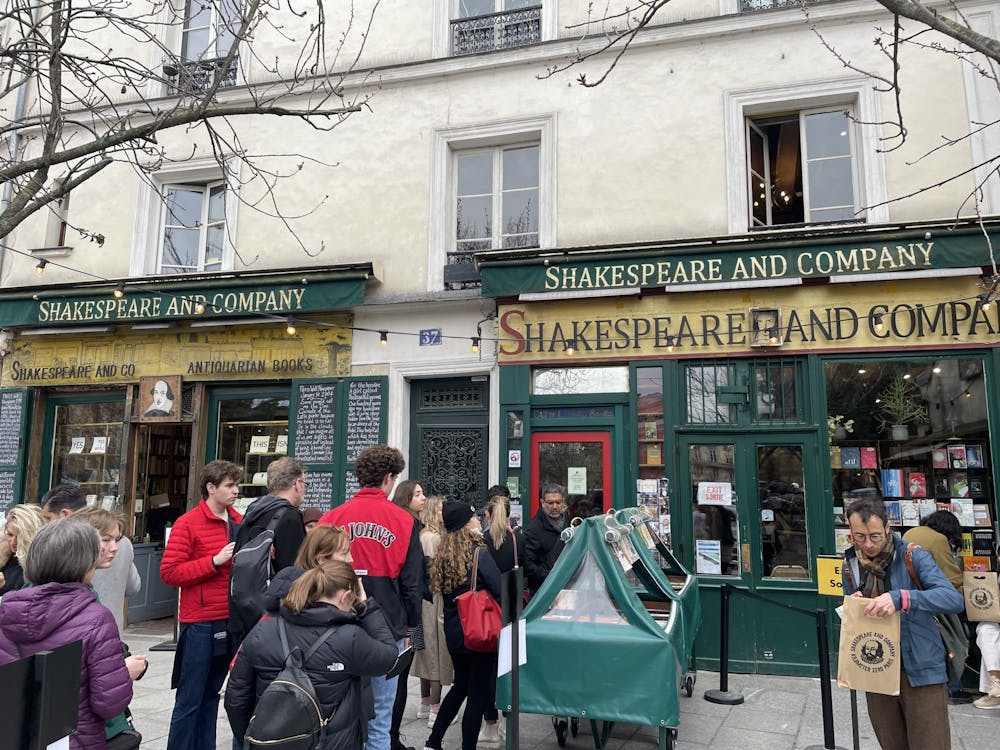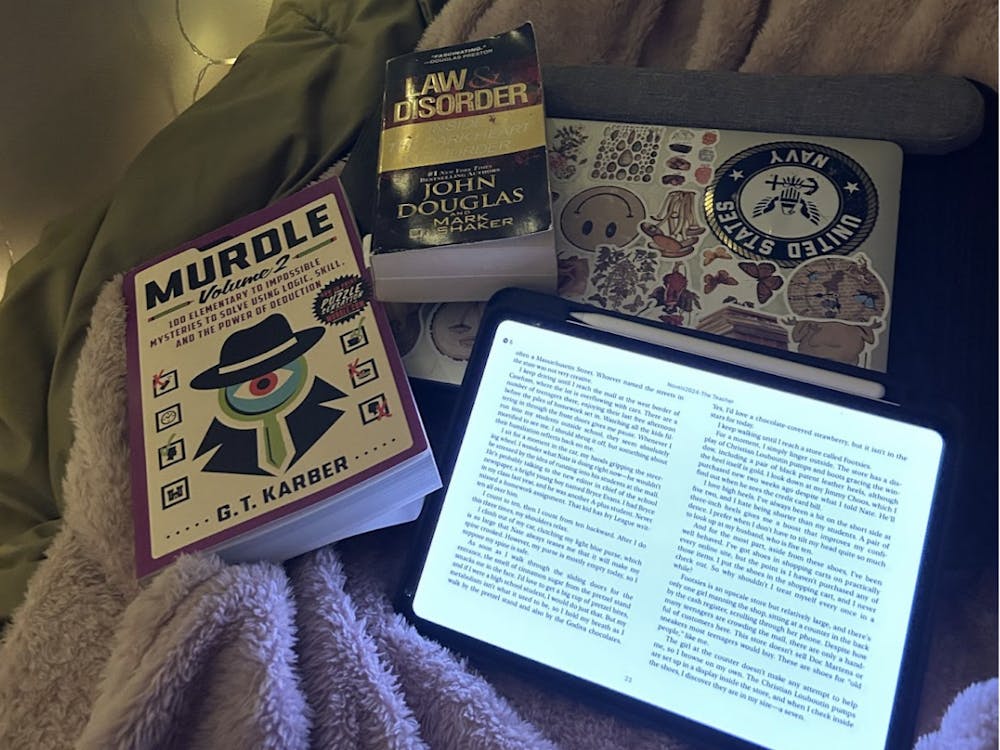
You might notice that something’s a bit different this week — I’m not directly responding to reader criticisms! Don’t worry, that doesn’t mean I haven’t heard from any readers recently. Y’all are out there and you definitely have thoughts, so continue to share those with me.
I decided to start up a monthly review, in which I share data on the perspectives represented in the paper each week and follow up on my pieces from the previous month. I want to use this space to bring attention to the good work editors are doing, either in response to my pieces or on their own, or to reflect on problems that may persist even after my initial interest.
On Opinions
I published a piece in the September 12 issue that responded to comments from readers on two of the previous week’s op-eds. In the column, I spoke to Opinions Editor Ariella Shua about how she solicits contributors and how to foster dialogue between students in the section. I also called for you, my fellow readers, to make your opinions known (a call I’ll repeat now — if you have thoughts about things, consider writing an op-ed for The News-Letter).
In the weeks following my piece, Shua has done some real work to engage more student voices in conversation with one another. Last week’s op-ed “Focusing solely on electability will not get Democrats elected” responded to the piece “We need a moderate Democrat to defeat Trump” that was published two weeks previously.
And it doesn’t end there — this week includes an “Opposing Viewpoints,” pitting two writers together to spar over the looming threat of presidential impeachment, as well as a piece responding to last week’s op-ed “What I learned from student club rejections.”
Inviting writers to read and respond to a week’s pieces is a great way to build that conversation between students. I’d love to see more of that conversation going about issues on campus, so that opinions can work in tandem with news and other sections to represent perspectives on the issues most immediate to Hopkins students.
On Photo
I turned my attention to photos in the September 19 issue to investigate how editors engage with the photo staff. Photography Editors Eda Incekara and Neha Sangana chatted with me about their plans for the section, which included building a community among staff photographers and increasing collaboration with section editors.
I’ve seen some signs of progress — Incekara has worked with section editors to create dynamic visuals for columns in Science & Technology (we call it SciTech) and Voices. I was super excited to see these — visual storytelling can really complement a written piece, and editors should think more about creative ways to take advantage of the photo staff.
I’ve also seen a general drop in the number of online photos in each issue, although the number is still much higher than it could (and should) be. In addition to the photo staff, editors should ask writers and sources for photos to accompany a story.
Could Incekara and Sangana tap into this by offering a small training on how to snap a quick photo while doing some reporting? It will never hurt for journalists to have a basic sense of how to frame a shot and avoid horrible lighting so that their own pieces have better visual accompaniments. If they continue to struggle fostering community with their staff, maybe Incekara and Sangana can broaden their scope and build partnerships in unexpected places.
Some Good Things
A lot of my job rests on criticism, so I want to make space to highlight some good things editors have been up to in the last month.
Instagram. The News-Letter has a newly revived Insta, and the rollout has been so smooth. It looks great and offers another venue to increase our visual storytelling.
News. In last week’s October 3 issue, the news section alone featured 50 undergraduate student perspectives, almost doubled from the start of September.
Overheard at Hopkins. I haven’t talked much with Voices Editor Sam Farrar as Public Editor because he’s been doing a pretty bang-up job, but I love the idea for the “Overheard at Hopkins” weekly box.
SciTech. This year’s shift toward coverage of Hopkins that features reporting has been really incredible, and also increases the number of STEM students that the paper is able to reach and represent.

Who did The News-Letter feature in September?
What’s this?
I read each issue front to back. As I go, I underline every name that appears and enter the data into a spreadsheet which tracks the weekly representation of different voices.
I landed on four categories: undergraduates, administrators, a general “other Hopkins” which mostly comprises professors and graduate students but includes the occasional staff (like dining workers) and community members, meaning people in Baltimore without a direct connection to Hopkins. In news pieces (or pieces in any section that include reporting), I disregard the author and count only the sources in the piece. With columns, op-eds, arts reviews and similar pieces that don’t include reporting, I count the author as one in whatever category they belong.
My system is not perfect — for example, writers pad the undergraduate data, which makes it less useful to compare to the other categories (focusing just on the news section’s data solves this, particularly to compare the proportion of students to administrators). In publishing this data, though, I don’t mean to suggest that editors should strive for equal representation of these groups. The paper’s core mission is to represent undergraduate students, and this data gives editors an important metric to see how they’re doing in that effort.
I’d love to do more — for example, it would be interesting to see the representation of undergraduates from Krieger compared to Whiting, or the number of students who speak critically of the University compared to the number who defend it or fall somewhere in the middle. With this, as with any part of college student life, it’s a question of time — I’m just one person, and there are other things I want to prioritize as Public Editor.
This month, the data shows an uptick in undergrad representation (I should note that last week’s October 3 issue included 78 undergraduates, an increase of 14 from 64 the previous week, which is great). We also see the number of community members increase from two in the first issue to seven over the course of the month, and I’d love to see that number continue to grow.
Representing community members may be adjacent to the paper’s mission, but The News-Letter has a platform to bridge the divide between the Hopkins and Baltimore communities. Putting community members in dialogue with students will make sure those conversations are more inclusive.
We want you to be part of this conversation! We encourage all our readers, and particularly members of the Hopkins and Baltimore community, to email publiceditor@jhunewsletter.com with questions or comments about our practices and published content.





